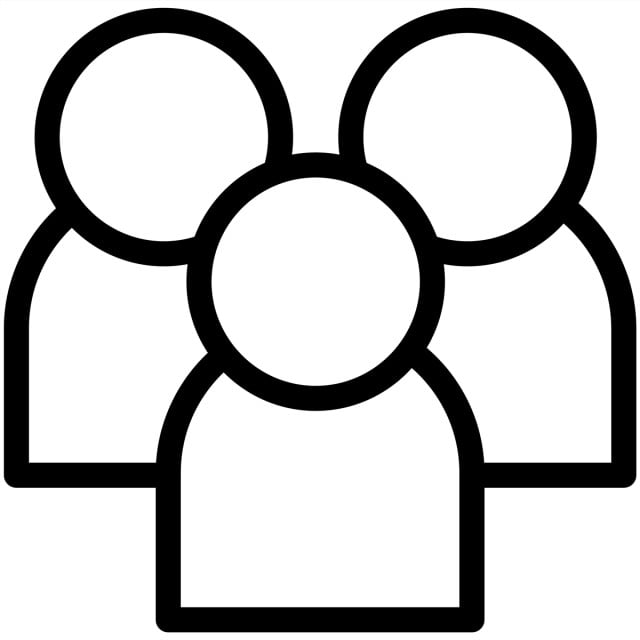Get Free Trial Week Developer Access, Try Before You Hire. Click Here to Claim Now
Full stack development is a very commonly used term, but many of us may get confused with it. This blog contains all the information you need to understand full-stack development and the technologies involved.
What is full stack development?
The development of any application can be divided into two parts – The front end and the Backend. The front end is the face of the application that any user interacts with. It is mainly responsible for the UX. The Back end is about the core and functionalities of the application. Full stack development is an inclusive term that includes both types of development. Full stack development is full-fledged application development. You can hire a full-stack developer with the know-how of all the technologies to handle the front and back end. A full stack developer can deliver comprehensive app development solutions as one personal army.
Given below is the list of technologies, languages, and tools commonly used in the Frontend, Backend, and full stack development:
Front-end development
HTML: Hypertext Markup Language, popularly known as HTML, is widely used across the globe for developing the front end of different web applications. It comes with a hierarchy that starts with the heading and paragraph and continues till the page ends.
CSS: Cascading Sheet Styles (CSS) is a mandatory language that every developer should know with HTML. It is used to style the different components of an HTML page, including the colors of the heading and the paragraphs.
JavaScript: JavaScript is highly compatible with HTML and CSS. It is a scripting language commonly used to make the application more interactive.
Git and GitHub: This is not a language but a version management tool that every front-end developer should know. The development teams use GitHub to save, integrate and review the development codes.
Front-end framework and libraries
Angular JS is a JavaScript Front-end framework mainly used for developing single-page web applications (SPAs). It is used to change the static HTML into dynamic HTML with extended HTML attributes with directives and other details.
React.js: It is also a JavaScript library used to develop the application's view layer.
Bootstrap is a collection of open-source tools to create responsive and mobile-first websites.
jQuery: This open-source Javascript library is used to simplify the interaction between the JavaScript and Document Object Model (DOM) by working on components such as DOM animations and browser event handling.
SASS: It is a CSS extension language used to extend variables, inheritance, and other functionalities of the existing CSS.
Backend development technologies
PHP: It is a scripting language for developing the server side of any web application.
C++: It is one of the most common programming languages used to develop the Backend or the core functionalities of an application.
Java: Java is a popular programming language for developing web applications.
Python: It is a commonly used web development language that offers multiple sub-frameworks for web development.
JavaScript: It can be used in front-end and back-end development.
Node.js: This language is used to access javaScript from outside the browser. It is not a language but a development environment for various backend services.
Backend databases
Oracle: Oracle is a database server that stores and retrieves different information required to run the application.
MongoDB: It is an open-source document-oriented NoSQL database with a robust storage and retrieval mechanism, unlike the table-like relational database created in SQL.
SQL: SQL is a Structured Query Language. It has a table-like database to store and retrieve different information.
Full stack development –Servers
Apache: Apache is an HTTP server generally used in combination with the WSGI module to run Python web applications.
Nginx: It is a web server that serves images, CSS, and other static assets in full-stack development. It is configured as the reverse proxy helpful in passing the right HTTP requests to the WSGI server.
Full stack development- Stacks
MEAN Stack: MEAN names the four significant technologies from MongoDB, Express, Angular, and Node that make the layers of any stack.
MERN Stack: It is a variation of the MEAN stack where React.js replaces Angular JS.
Django Stack: It is a full-stack web application framework that has ready-made components helpful in building websites with clean architecture.
LAMP Stack: LAMP stands for Linux, Apache HTTP server, MYSQL, and PHP, the four components important for developing a fully functional web application.
Conclusion:
Be it Full stack development, Front end development, or Backend development, every kind of development includes different technologies and specific expertise. Learning these technologies is all about experience and knowledge. Anyone can do certifications to learn and then practice them to establish themselves as developers. The technologies mentioned above are the basics that anyone would need to seek in a full-stack developer.
Subscribe to Our Newsletter!
Join us to stay updated with our latest blog updates, marketing tips, service tips, trends, news and announcements!




















